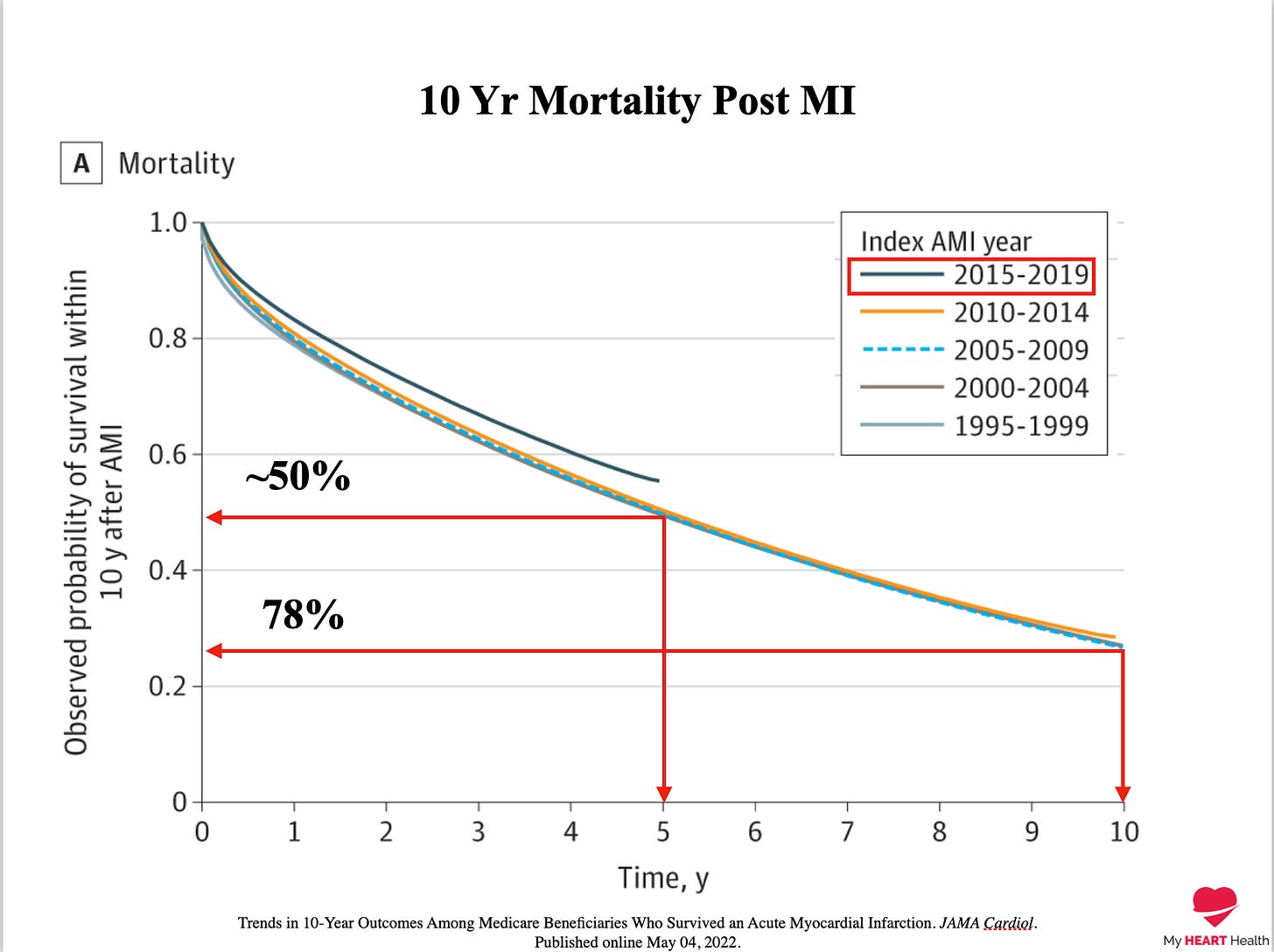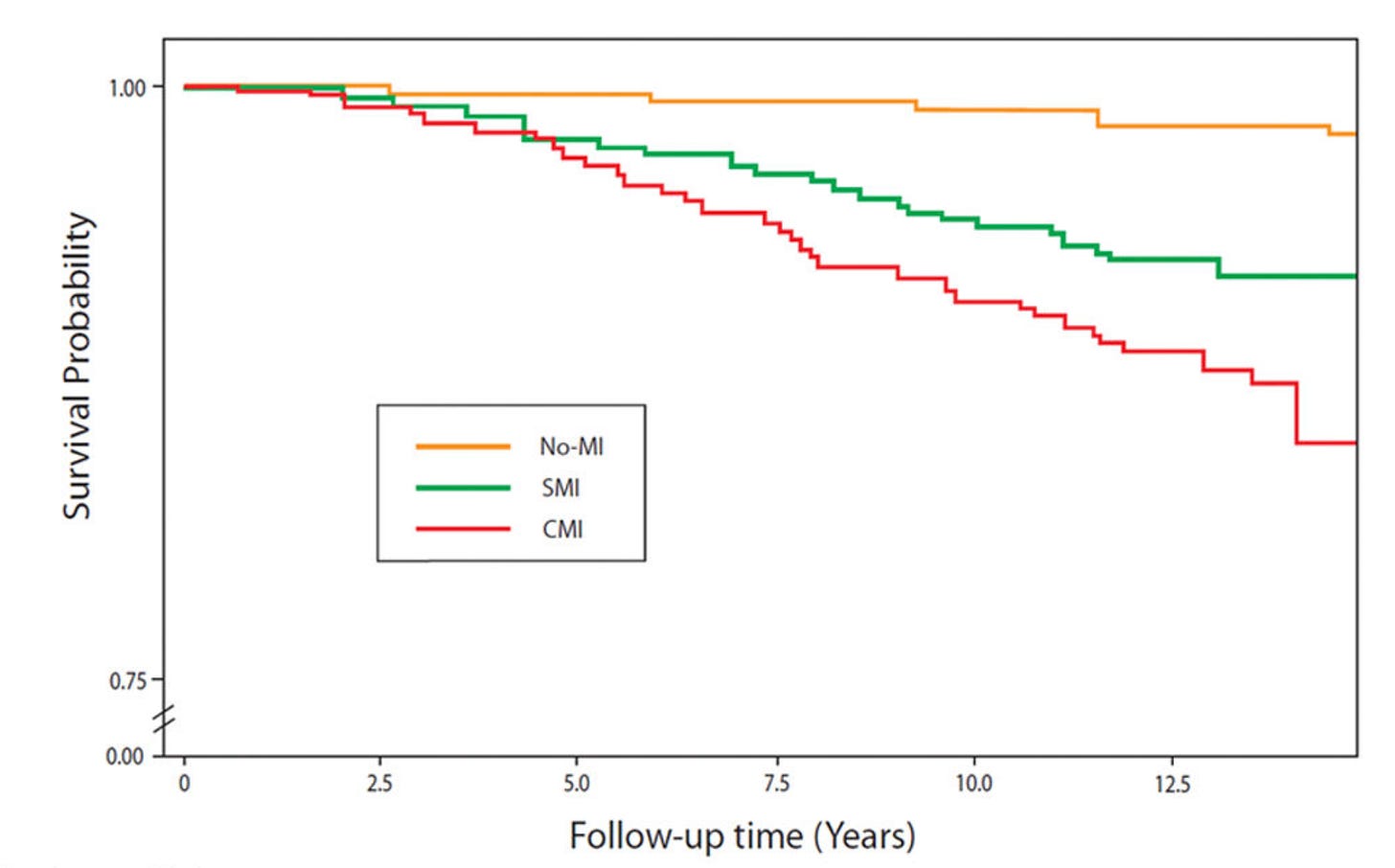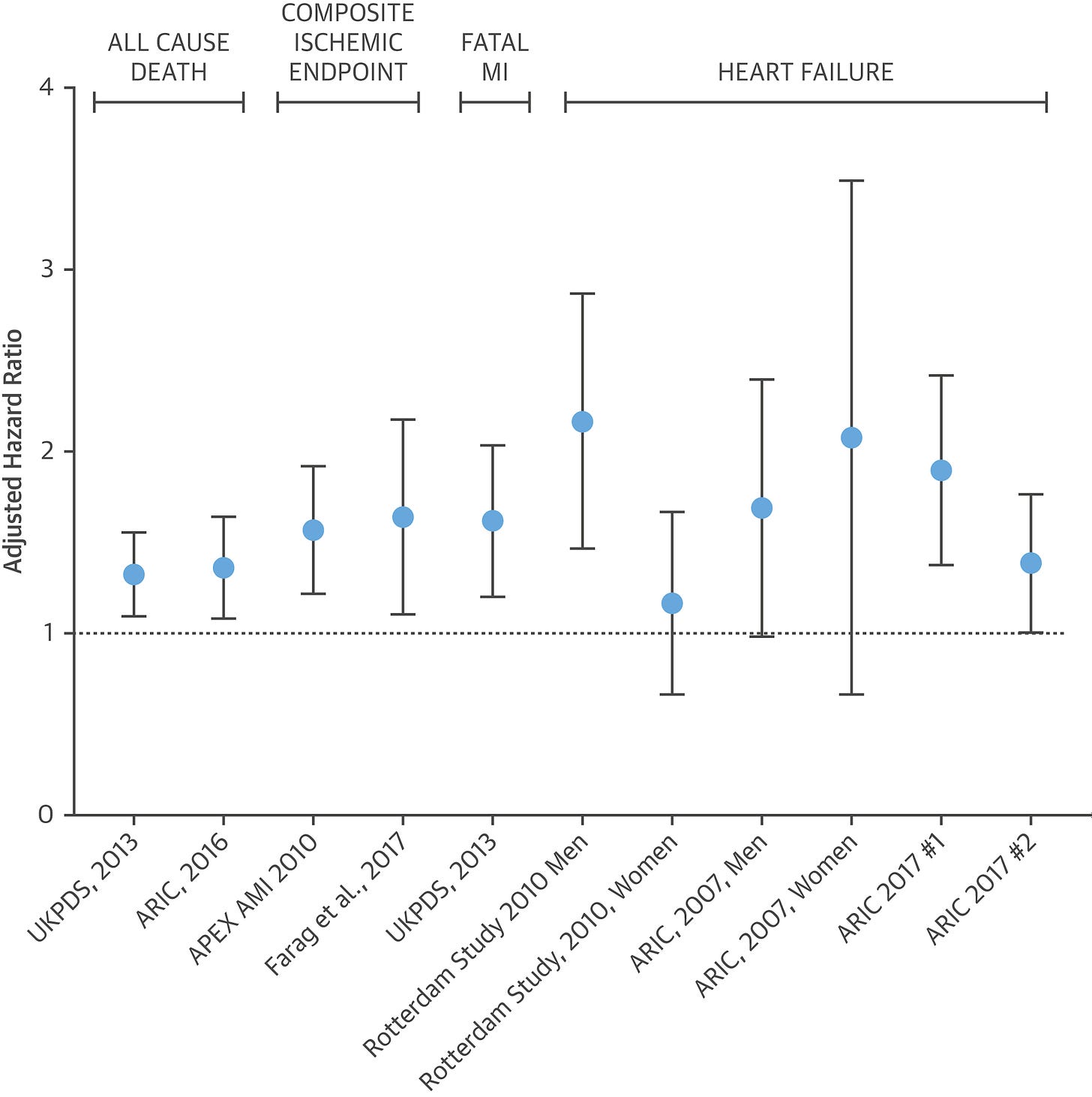Silent Heart Attacks - More Common Than You Think.

Heart disease is the leading cause of death worldwide.
In the United States, someone has a heart attack every 40 seconds1.
Although survival rates are improving, based on historical data, approximately 50% of those who suffer a heart attack will be dead in 5 years, and 78% will be dead in 10 years2.

When someone has a heart attack, they are automatically categorised as at high risk for a future heart attack or death from heart disease.
Because of this increased risk, we make every effort to ensure all the necessary lifestyle and medical interventions are put in place to decrease that risk.
But what if you never knew you had a heart attack?
Concerningly, 5-30% of all nonfatal heart attacks are silent3.
The classic presentation of a heart attack is of an older male clutching his chest with pain radiating down his left arm. While this is a common presentation of a heart attack, the symptoms can vary greatly.
Some patients can present with atypical symptoms such as nausea, some feel like they have a flu-like illness, and some do not have any symptoms.
Diagnosing Silent Heart Attacks
Although a heart attack may not be recognised at the time, it still leaves its mark.
There are characteristic changes on an ECG called Q waves that generally indicate if a person has had a previous heart attack.
If these ECG changes appear and the person does not recall a prior heart attack, it is classified as a ‘Silent Heart Attack’.
But do these silent heart attacks matter?
The answer is a clear yes.
Over almost a decade, individuals with a silent heart attack were three times more likely to die of heart disease than those without a documented heart attack. They were also 30% more likely to die from any cause4.

The impact of silent myocardial infarction has been demonstrated in multiple studies.
It has been shown to impact all-cause mortality, fatal and non-fatal myocardial infarction and the risk of subsequent heart failure5.

In most of these studies, the ‘silent myocardial infarction’ diagnosis was made using ECG criteria and the presence of Q waves.
While the presence of Q waves on an ECG is a good indicator of a prior heart attack, there are far more precise ways of evaluating this question using more sophisticated approaches, such as cardiac MRI that looks directly at the heart muscle for evidence of a scar from a previous heart attack.
When we look more precisely, what we find is even more concerning.
78% of the silent heart attacks detected by cardiac MRI were missed by ECG assessment alone6.
Although the study using MRI did not follow these patients up to assess the impact of these additional silent heart attacks, the historical data would suggest that these individuals would have a higher chance of dying from heart disease in the future.
A heart attack is a major life event for most people that likely results in a significantly higher risk of future events unless aggressive measures are taken to reduce that risk.
We typically reserve the most aggressive therapies for those in the highest-risk category.
The problem is when a person is in this high-risk category, and they don’t even know it.
While they might not be worried about their risk, they really should be.
As Ayn Rand famously said:
“We can ignore reality, but we cannot ignore the consequences of ignoring reality.”
We can identify previous heart attacks, and we can put in place measures to reduce the risk associated with them.
But not if we don’t know about that risk.
https://www.cdc.gov/heartdisease/facts.htm
Trends in 10-Year Outcomes Among Medicare Beneficiaries Who Survived an Acute Myocardial Infarction. JAMA Cardiol. Published online May 04, 2022.
Prevalence, incidence, predictive factors and prognosis of silent myocardial infarction: a review of the literature". Arch Cardiovasc Dis 2011; 104: 178.
Race and Sex Differences in the Incidence and Prognostic Significance of Silent Myocardial Infarction in the Atherosclerosis Risk in Communities (ARIC) Study. Circulation. 2016 May 31;133(22):2141-8.
Myocardial Infarction: Listen to the Evidence. J Am Coll Cardiol. 2018 Jan 2;71(1):9-11.
Prevalence and Correlates of Myocardial Scar in a US Cohort. JAMA.2015;314(18):1945–1954.




